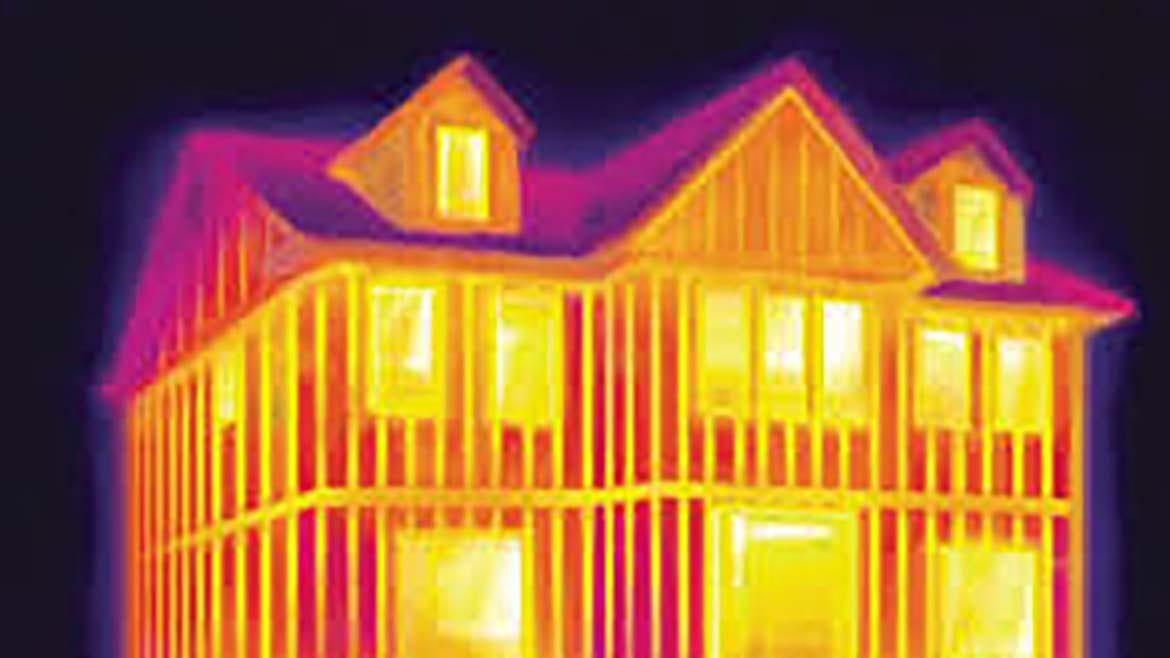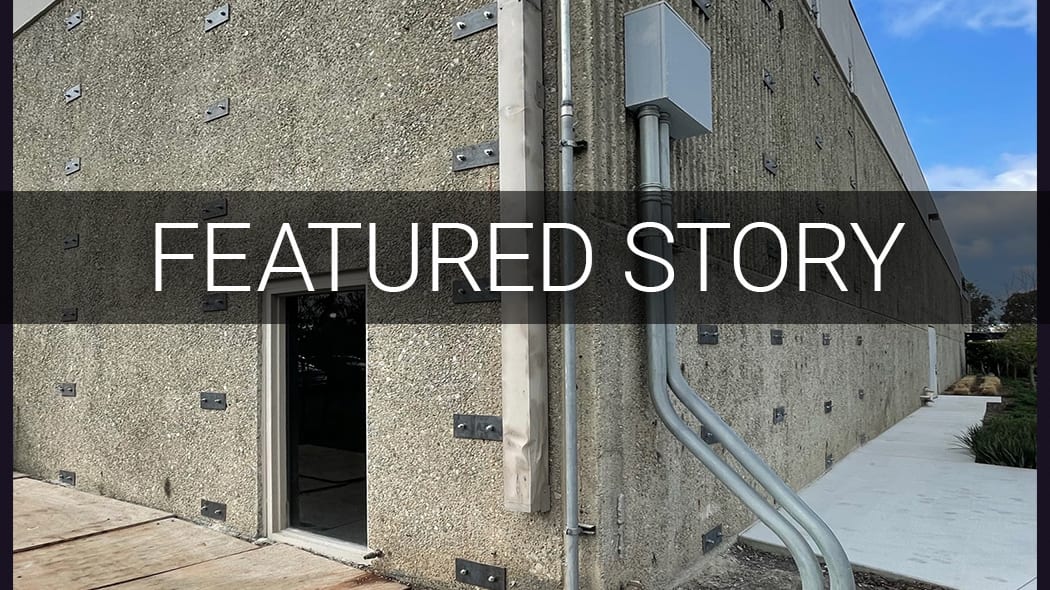Continuous insulation creates a continuous thermal barrier around a building’s exterior, reducing thermal bridging, improving energy efficiency, and meeting modern code requirements in many climate zones. By Clark Larson
Continuous Insulation and Code Requirements:
How Codes Address Continuous Insulation
xxxxx. xxx
xxxxx
xxxxxxxxx
xxxxxxxxxxxxxxx By xxxxxxxx
h2 - xxxx
h3 - xxxx
H1 headline
Building codes such as the International Energy Conservation Code address exterior continuous insulation by requiring specific R-values based on climate zones. A continuous layer of CI helps prevent thermal bridging, reduces condensation in wall cavities, and improves overall energy efficiency. Designers and builders can meet thermal performance requirements either by installing the prescribed amount of exterior continuous insulation or by combining cavity insulation with CI.
Recent versions of the IECC and ASHRAE Standard 90.1 require one to four inches of exterior continuous insulation depending on climate zone—even in warmer regions where foam board insulation was not previously mandated.
So, is continuous insulation required by code? The answer is yes in many areas that have adopted the IECC 2021. Under this version, continuous insulation is mandatory for uninsulated wood-frame walls across most climate zones.
Energy Codes
Codes
- IBC/IRC (2018)
- ASHRAE 90.1 (2019)
- IECC (2018)
- Establish standards for air and water barriers
- Also requires continuous insulation in certain climate areas
The International Energy Conservation Code (IECC) sets the minimum R-values for continuous insulation, and you can find summaries and information on the U.S. Department of Energy's energycodes.gov website.
Climate Zones
Building codes divide the U.S. into climate zones based on temperature. Colder zones require more insulation, while warmer zones require less.
Prescriptive vs. Performance Paths
The IECC allows two approaches to compliance:
Prescriptive Path: Specifies exact insulation values for cavity and continuous insulation by wall type.
Performance Path: Provides flexibility by allowing energy efficiency targets to be met through alternative methods, which may or may not include CI.
The critical distinction of continuous insulation is that it wraps the “entire” exterior of the wall, including the studs. By enclosing framing members, CI eliminates or greatly reduces thermal bridging.
Continuous Insulation Options
Extruded Insulation (Type X)
- Slightly better R-value at R-5/inch
- Must be shaved for adhesion
- Limited availability, much higher cost
GPS (Graphite)
- Slightly better R-value at R-5/inch
- Costs more
- Greater attention to detail required due to movement (must be fastened)
Polyisocyanurate
- R-value of 5.7/inch
- Must be mechanically attached
- More expensive/cannot be rasped
- Mineral Wool
- The newest option, noncombustible
- Expensive/cannot be installed the same way
IECC and ASH RAE set requirements for Cl via performance or prescriptive means Type II, Type IV better compressive and R-values. GPS and XPS is the original Cl in Cl stucco assemblies and the most commonly used
Why Continuous Insulation Matters
- Reduces Thermal Bridging: In standard framed walls, wood or metal studs act as "thermal bridges," allowing heat to bypass the insulation. CI provides a continuous layer of insulation on the exterior of the framing, creating an unbroken thermal barrier.
- Boosts Energy Efficiency: By minimizing thermal bridging, CI significantly improves the overall thermal performance of the building envelope, leading to lower heating and cooling costs.
- Enhances Durability: CI keeps the building's sheathing warmer, especially in cold climates, which reduces the risk of condensation forming behind the sheathing. This prevents moisture-related problems like mold growth and structural deterioration.
Thermal bridging significantly reduces a wall’s effective R-value. For example, a wall insulated to R-20 with steel studs can perform closer to R-5 once thermal bridging is accounted for. Adding CI dramatically increases effective performance by maintaining a continuous thermal barrier.
Key Benefits of CI:
- Eliminates thermal bridging
- Improves energy efficiency and reduces heating/cooling costs
- Keeps sheathing warmer, reducing condensation and moisture risks
- Enhances building durability and lifespan
- Integrates air, vapor, and weather-resistive barriers
- Ensures compliance with modern energy codes

A New Jersey office designed by Gensler, featuring a NanaWall HSW60 single-track system | Photography by Garrett Rowland Photography

The office of an Omaha financial institution designed by Alley Poyner Macchietto Architecture, featuring a Generation 4 acoustical, folding glass wall system.
Conclusion
Continuous insulation is applied to the exterior framing of a building rather than between studs, creating an uninterrupted thermal barrier around the structure. By addressing energy efficiency, moisture protection, and code compliance, CI provides significant advantages over traditional insulation methods.
Opening Image Credit: welcomia / iStock / Getty Images Plus via Getty Images.
Remaining Images Credit: Master Wall
Clark Larson is Southeast Architecture & Design Manager/Co. Director Strategic Partnerships U.S. for Master Wall Inc. Since entering the construction industry, he has held various positions, including area sales rep, architectural specialist, construction design manager/strategic accounts manager. In his current role, Larson has been assigned to the southeast team within Master Wall Inc., whose job is to service the top Architectural firms across the U.S. This support extends to helping these internationally recognized firms with Master Wall Products and solutions for its work both domestically and abroad. He is an active member of CSI, AIA, FPC and FWCCA.
